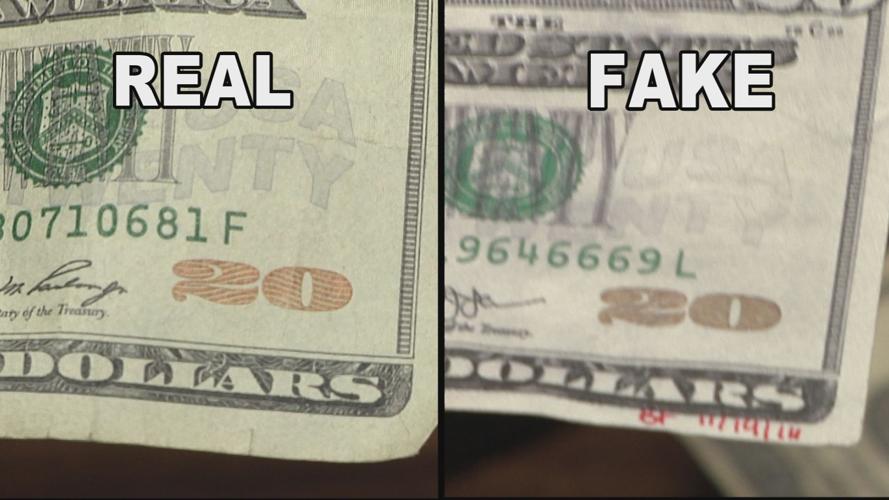Simple and easy Deals: Where to Get Genuine Funny Money offer for sale
Simple and easy Deals: Where to Get Genuine Funny Money offer for sale
Blog Article
Check Out making uses of Imitation Money in Artistic Creations and Theatrical Performances
Phony cash, commonly synonymous with deception and outrage, holds a strange appeal when it discovers its way right into the realm of creative productions and theatrical performances. As we dig right into the multifaceted usages of phony cash in these imaginative domains, we begin to discover a globe where authenticity and imitation blur, triggering us to examine the actual nature of worth and depiction within art and efficiency.

Historical Relevance of Funny Money in Art
The historic relevance of funny money in art is a complex and fascinating subject that clarifies the intersection of creative thinking, subversion, and socio-political discourse. Throughout background, musicians have made use of copyright cash as a tool for tough societal standards, questioning the worth of money, and making powerful declarations concerning wide range and power.
Among one of the most noteworthy examples of fake cash in art dates back to the Dada movement of the very early 20th century - copyright money for sale. Artists such as Marcel Duchamp and Hannah Höch included copyright into their jobs to slam the capitalist system and explore the principle of value in a quickly changing globe
Furthermore, during times of financial instability or political upheaval, copyright cash has actually been used by musicians as a form of demonstration or rebellion. By developing and distributing phony currency, artists have had the ability to interrupt the status, difficulty authority, and provoke important discussions concerning the function of money in society.
Effect of Imitation Currency on Visual Arts
By incorporating phony cash right into their jobs, musicians prompt conversations on the nature of value, credibility, and societal perceptions of riches. The use of phony money in art likewise elevates moral considerations concerning the limits of creative expression and the effects of replicating legal tender. Overall, the impact of phony currency on visual arts is diverse, promoting vital reflections on the intersection of money, art, and societal worths.
Importance and Definition in Theatrical copyright Displays
Using theatrical fake displays, musicians use symbolic representations to share deeper definitions and stimulate thought-provoking interpretations within the world of performance art. Through the incorporation of funny money in theatrical productions, creators can discover themes such as greed, power, corruption, and the illusion of wide range. Using copyright on phase can work as an allegory for social problems, financial variations, and the fragility of monetary systems.
In theatrical efficiencies, the symbolic worth of funny money extends her latest blog past its monetary worth. It can represent the deceptive nature of looks, the pursuit of materialistic wishes, and the consequences of underhanded behavior. By using phony cash as a prop, musicians can challenge target markets to question real meaning of riches and the honest borders that people may cross in its pursuit.
Ethical Factors To Consider in Using Funny Money for Art

One significant moral consideration is the possible legal repercussions of making use of phony cash in art. Counterfeiting currency is unlawful in the majority of nations and can cause major effects for musicians that knowingly integrate fake bills into their work. copyright money for sale. This not only places the artist at threat but also raises questions regarding promoting unlawful activities via art
Additionally, there is a moral predicament pertaining to the credibility of the art work itself. Utilizing funny money obscures the line in between reality and imitation, potentially deceiving audiences and endangering the honesty of the creative piece. Artists must take into consideration whether making use of imitation cash lines up with their values and imaginative purposes, weighing the possible effect on their online reputation and reliability.
Future Fads in Funny Money Combination
Thinking about the developing landscape of artistic expression, the unification of fake cash in imaginative jobs may witness a change towards cutting-edge and intriguing opportunities. As musicians remain to push borders and explore brand-new mediums, funny money could increasingly be utilized to challenge societal standards, question the worth of currency, you can check here or make effective statements concerning wealth and consumerism.
One future fad in copyright cash combination can be its use in immersive art installations where target markets are urged to engage with the items, blurring the lines in between truth and illusion. Furthermore, improvements in technology might lead to the development of hyper-realistic phony money that is basically equivalent from authentic currency, opening opportunities for a lot more complex and thorough art work.
Furthermore, partnerships in between musicians and counterfeiters might cause distinct items that incorporate standard creative methods with the craftsmanship of developing funny money. Honest factors to consider bordering the legality and morality of using phony cash in art will continue to be a point of contention as these future patterns unfold.
Final Thought
In conclusion, the usages of copyright in creative developments and theatrical efficiencies have a long background and continue to be a source of inspiration for musicians. The assimilation of fake cash in art is likely to continue advancing in the future.
Overall, the influence of phony currency on visual arts is diverse, stimulating crucial reflections on the crossway of money, art, and social values.

In final thought, the usages of copyright money in staged performances and creative developments have a lengthy history and continue to be a resource of ideas for artists. Ethical factors to consider have to be taken into account when using copyright cash for imaginative purposes. The integration of fake cash in art is most likely to proceed evolving in the future.
Report this page